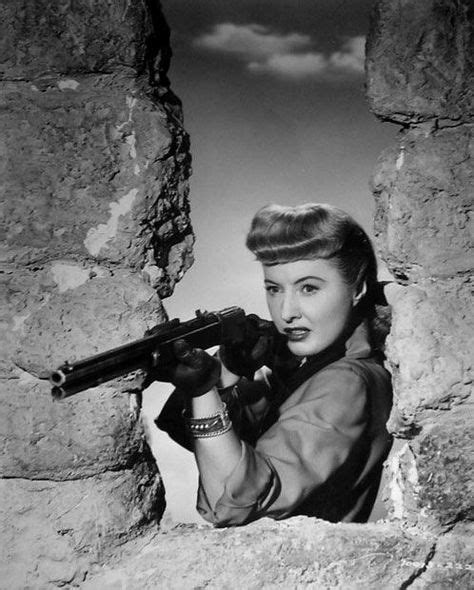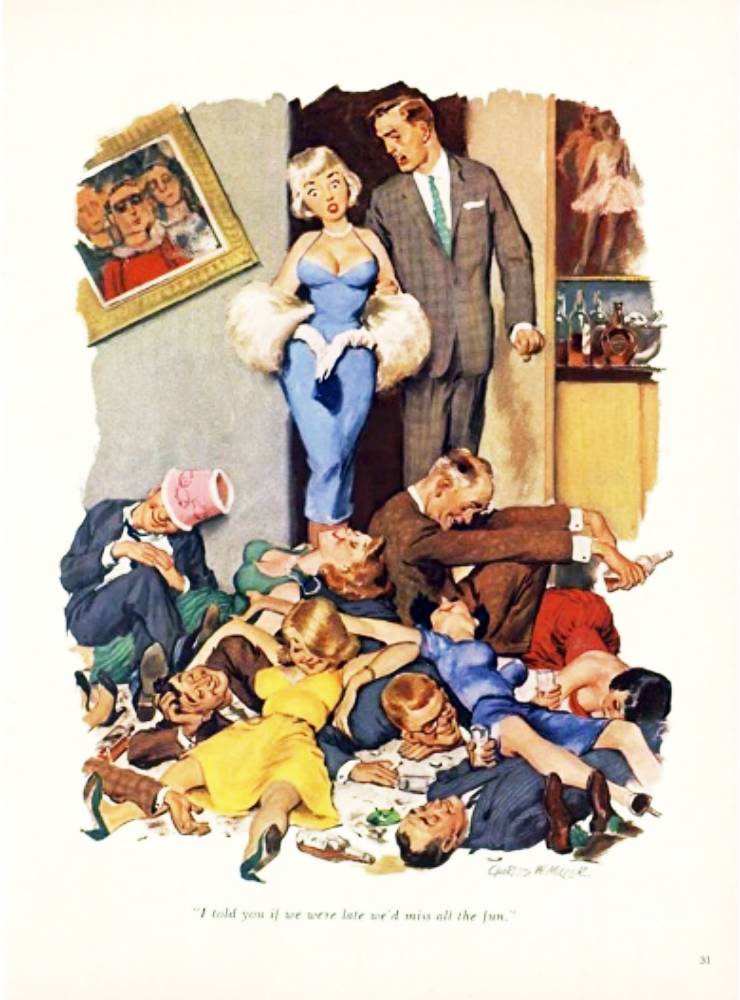The tiny Baby Browning microsized auto in .25 ACP pistol is still in a class of its own sizewise.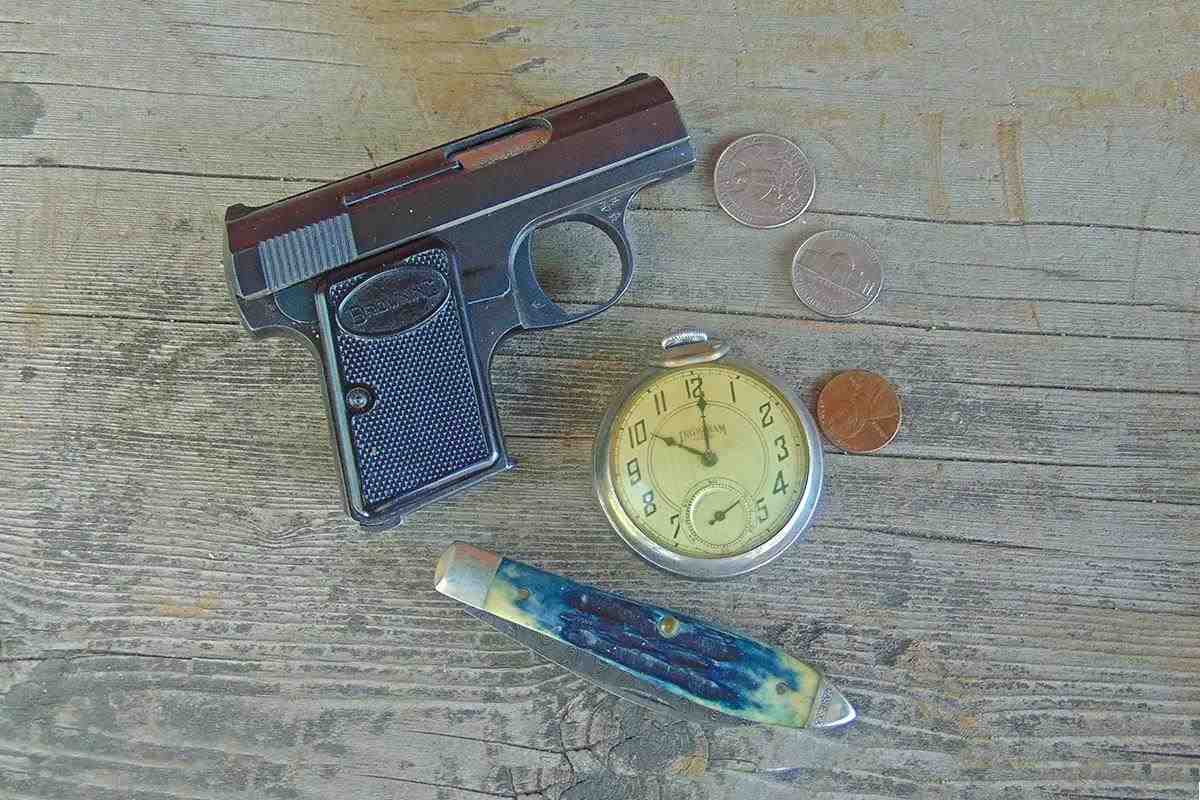
Small size once figured heavily as a factor in selecting a concealed-carry handgun, even at the expense of power and shootability. Today, of course, you can get 9mms and .380s in platforms far smaller than was once the case. So microsized autos in .25 ACP have taken something of a nosedive in popularity. As well, the reliability advantage of the centerfire .25 over a .22 rimfire may not have been enough to compensate for the considerable difference in ammo cost.
Regardless of all that, the blowback-operated Baby Browning .25 is a marvelous little artifact and still rates as one of the tiniest semiautos ever. Designed in 1927 by Dieudonné Saive (of P-35 Hi-Power fame) and produced by FN beginning in 1931, the Baby Browning was an improved take on the M1905 Vest Pocket (VP). The changes included jettisoning the grip safety of the VP, repositioning the safety lever and making it easier to access, and incorporating a cocking indicator.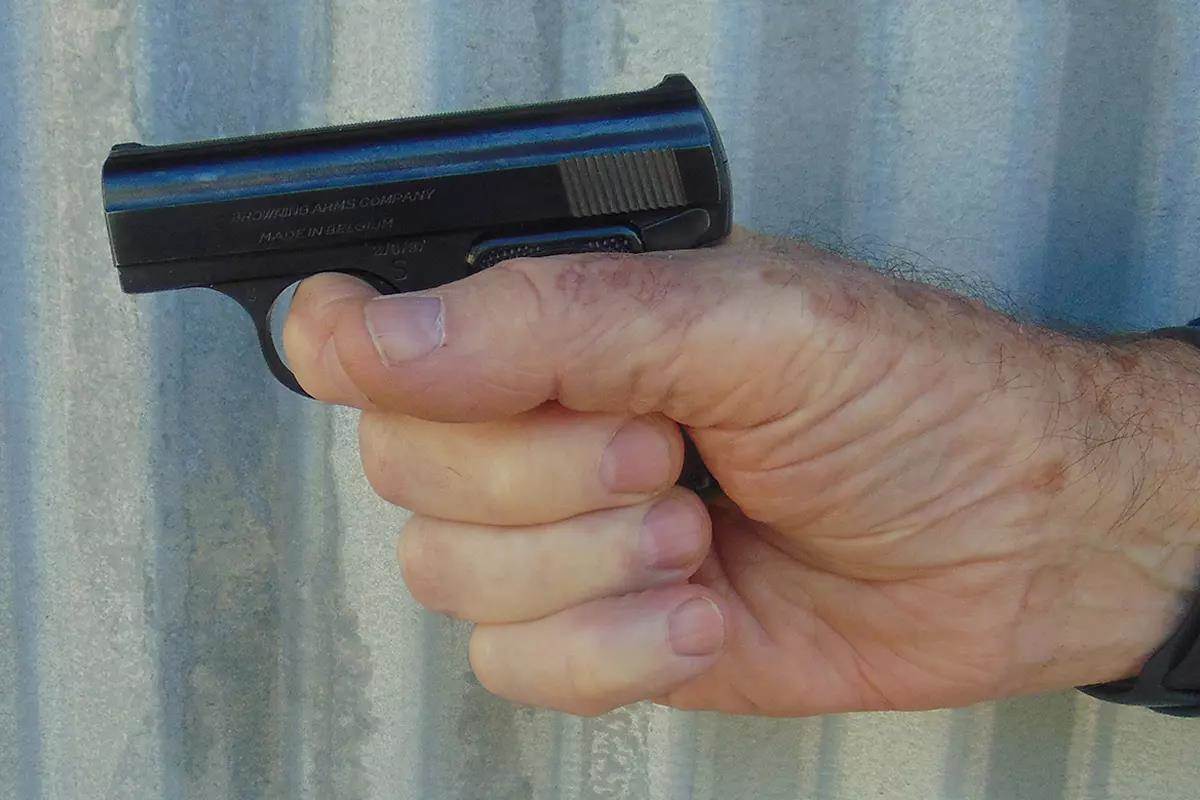
The result was a far cry from the zinc cheapies of what were once termed Saturday Night Specials (a media buzzword that has mercifully fallen into disuse). It weighs 9.7 ounces, has a 2.11-inch barrel, an overall length of 4.1 inches, a width of 0.8 inch, and a height of 2.8 inches. The magazine capacity is six rounds. As far as “mouse guns” go, it’s even shorter, lighter, and thinner than the Beretta Jetfire. The term “pocket pistol” gets thrown around fairly loosely, but make no mistake, the Baby Browning is the Real McCoy.
Importation began in 1954, and by 1960 the black polymer stocks were marked “Browning.” As an FN import, the Baby Browning ran afoul of the 1968 Gun Control Act (GCA), but it has been manufactured over here in various guises—notably by Bauer Firearms Corporation (in stainless from 1972 to 1984) and more recently by Precision Small Arms (1984 to 1995; reintroduced in 2006).
Our particular specimen was an original made in 1962, luckily putting it well under the GCA cutoff. A shooting buddy of ours acquired it primarily because he was enchanted by its abbreviated dimensions. (His operative description for it, as I recall, was “cute.”)
By 1964 the standard model (yes, they had deluxe engraved ones) went for $32.75. That would certainly put it in the “cheapo class” today, but certainly not then. By today’s dollars you’d be looking at an out-the-door price of $325, which is still below the usual price for a used Baby Browning by several hundred bucks.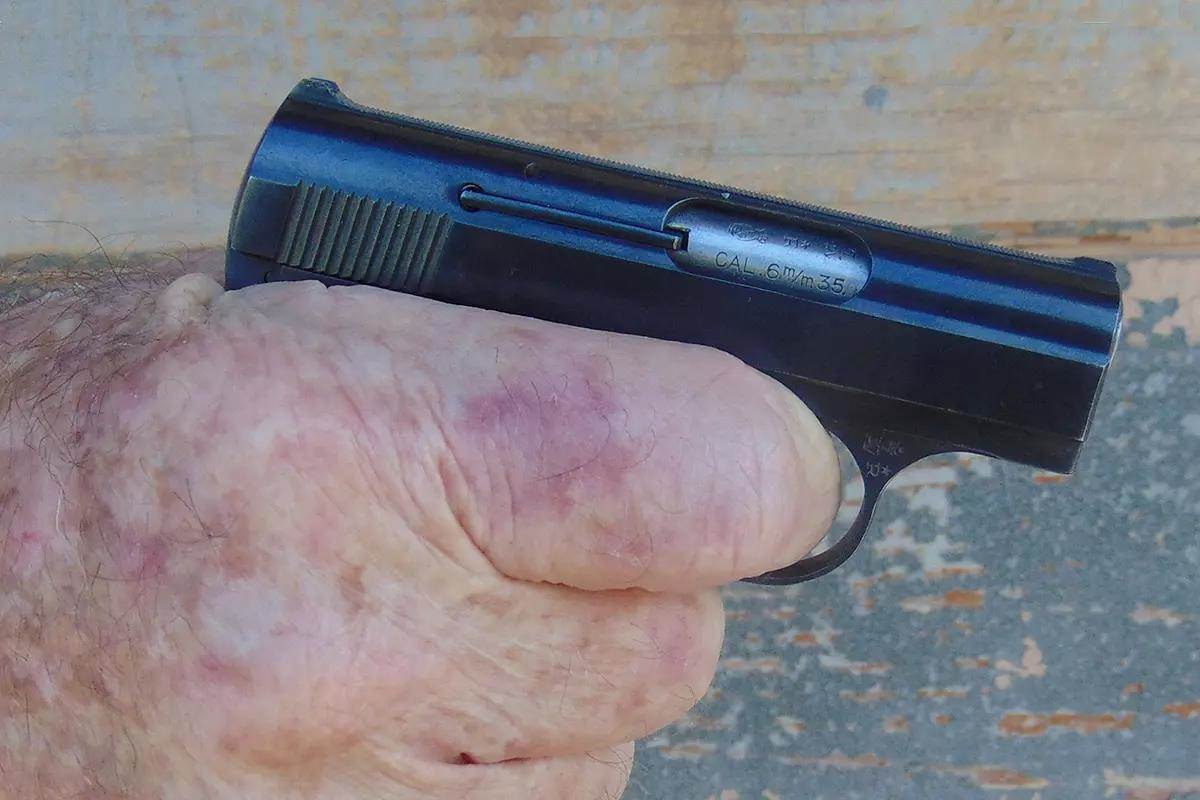
The .25 ACP cartridge was developed by John Browning for the M1905. It featured an original loading of a 50-grain FMJ at an optimistically advertised 760 feet per second (fps). Today there have been efforts to increase effectiveness. Hornady’s 35-grain XTP loading is a good example. We chronographed it from our Baby Browning, and it averaged 831 fps.
By comparison, Remington UMC’s traditional FMJ averaged 708 fps. An earthshaking upgrade? Not really. A significant improvement? Yes. Still, the .25 ACP in any persuasion is unlikely to instill the kind of ballistic respect you’d get for a .38 Special or a 9mm. But what you’re carrying is what you have in an emergency. And as such, a .25 ACP is probably still going to figure in the concealed carry weapon equation somewhere.
Our shooting impressions with the little Browning were mixed. Obviously, if you expect it to perform like a J-Frame S&W or a chopped 9mm, you’re going to be disappointed. The trigger pull on ours was 5.5 pounds. Generally speaking, it’s not a good thing when a handgun’s trigger pull is well over eight times heavier than the actual weight of the gun or when the sights literally define the term “minuscule.”
But all these complaints lose a lot of sting when the Baby Browning is used at the distances it was designed for. Which, in our session, amounted to a stepped-off 7 yards.
At that distance the little pistol—despite the teeny tiny sights—surprised us. Shooting from a rest, it consistently delivered five-shot groups of around 1.25 inches using the speedier Hornady XTP ammo. Shots impacted about an inch to the left of point of aim, but considering the challenges inherent in shooting the Baby Browning, the results were gratifying—at least to me. I freely admit that the slight portside bias may well have been shooter error. After all, it’s pretty easy to cant a pistol this small while working through a hefty trigger pull.

As far as reliability goes, the Baby Browning lived up to its reputation with both bullet configurations. There were no failures to feed or eject.
A couple of cautionary tips are probably in order for anyone shooting a Baby Browning .25 for the first time. Forget what you’ve heard about how anemic the .25 ACP is. From a 9.7-ounce pistol with a minimal amount of real estate to hang on to, it bucks a bit. And even though there is no external hammer to bite the web of your shooting hand, you still need to hold low enough to avoid being pinched by the recoiling slide. There’s no such thing as a free lunch, and there is a price to pay for ultrasmall pistols.
Although the Baby Browning has the standard European magazine heel release, this is less of a problem than it would be for a primary combat pistol. This gun was meant as a last-ditch emergency tool or backup, and as such, speed reloads really aren’t a viable option. If anyone can do a Doug Koenig-type reload with the Baby Browning, I’d certainly love to see it!

Hornady’s 35-grain FTX (left) has less throw weight than the traditional 50-grain FMJ (right), but it’s more than 100 fps faster.


